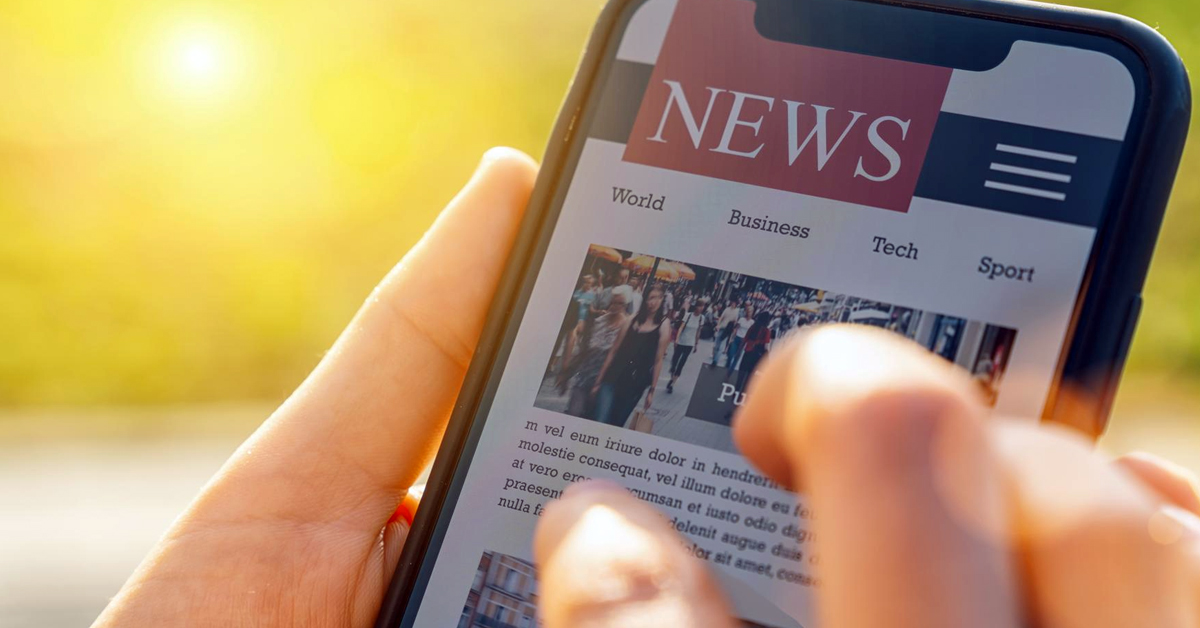-
MarTech Services
- HubSpot
- OneSignal
HubSpot
Technical Consulting
Partner with experts who understand your HubSpot systems and business needs inside out.
Revenue Operations
Drive revenue growth with tailored RevOps strategies designed for HubSpot users.
Hubspot Integration Services
Seamlessly integrate HubSpot with your existing tools to enhance operational efficiency.
Sales Enablement
Boost your sales team’s efficiency with focused HubSpot Sales Enablement solutions.
CRM Data Migration
Effortlessly migrate your CRM data to HubSpot with precision and support.
Hubspot Onboarding
Efficiently onboard clients to HubSpot, ensuring a smooth transition and rapid platform adoption.
HubSpot Administration
Maximize your HubSpot investment with expert management and optimisation tailored for HubSpot clients.
Marketing Assets Development
Develop, deploy, and manage digital assets, ensuring a fresh and engaging presence.
-
Solutions
-
Website Services
Website Development
We bring together expertise, creativity, and measurable results, making us the go-to choice for HubSpot website creation.
Website Migration
Our approach to website migration goes beyond a technical transfer; we prioritize a user-centric experience.
Website Maintenance
Optimize your online presence with effective, growth-driven websites focusing on nurturing website visitors, creating and deploying content, and tracking progress with precision.
Website Audit
Is your website performing at its peak? Our CMS Consultants are here to help you find out with our comprehensive Website Audit service.
-
Resources
-
Company
Clients
We have worked with clients from various industries across the globe, making our journey diverse and exciting.
Team
We put decades of experience where our mouth is. So what you get is market-tested and tried, not theory. We believe in plain speak, which we believe works better than jargon.
Solutions Partner
BlueOshan is not just a partner; we are among the most experienced and adept in the HubSpot ecosystem.
- Contact Us
HubSpot helps drive transition from single to omnichannel marketing

Venu Gopal Nair
May 9, 2023

One of the challenges of tackling growth in companies is scaling the marketing game. Small companies typically begin with campaigns on a single channel after evaluating what works. It is easier to track, generate creative ideas for, and settle into a rhythm. Except that it becomes a barrier when a company wants to widen the sweep and get the message out to a larger audience of potential prospects.
That also means an increase in spending and strategic budget allocation become crucial. As the investments grow, responses and engagement must be monitored. Doing it periodically after having all the reports in place yields repeatable results. And over time, it helps optimize spending.
When working with a single channel, a specialized tool tied to a social channel may fit the bill. But it quickly becomes laborious to manage multiple social channels, creatives, scheduling, and reports using different tools without a central core. That is where HubSpot provides a powerful platform to scale campaigns, allocate, and adjust marketing spends while monitoring campaign performance. All of this without breaking a sweat. But the first step is the setup and planning, where it all begins.
Plan, schedule, execute, and monitor in HubSpot.
The HubSpot campaign manager is available to Marketing Hub Professional and Enterprise customers. Think of it as the command center for the entire marketing team, where everything comes together in one consolidated view of the what, who, why, and how behind the marketing and sales initiatives.
It is the place to create multi-channel campaigns and collaborate effectively with cross-functional teams and other stakeholders.
Let us start with an example of starting and managing a lead generation campaign. This is the place where you can set up the landing pages based on the objectives, the customer benefit options, and where the campaigns will run—which social media channels need to be part of the campaign.
The campaign planning tool helps start the creation process from scratch, allocate assets, and organize the campaign. To collaborate with team members, you can use the calendar and the tasks tool, and team members can comment or exchange notes.
Once the campaign is complete, reports can be generated on the campaign's performance, attribution leads to specific campaigns, and comparisons of the performance of the campaigns in the mix can be made.
The real power, however, is to associate follow-up actions once leads are captured or generated. It must be thought through, but once the flow is in place, the effect ripples right across the campaign assets, and conversions are the natural endpoint.
Determine what happens in the flow.
HubSpot enables the marketing and sales teams to orchestrate what must happen once a lead is generated from a campaign, whether a drip email campaign should begin, calls should be arranged, or company assets like a brochure, product specifications, or the company profile should be sent.
Now, these are precisely the kinds of actions that companies manage manually, unless a system has been designed and implemented. Human contact builds relationships; for that to happen, customers may initially want to have standard materials rather than having to request them on a call or an email. Then, if the customer finds merit in talking to a sales associate, it advances another step towards conversion because the customer already knows what they want to discuss next. This enables time to be allocated to a limited set of leads who require deeper scrutiny or a conversation.
The good thing about automation is that it eases the load on teams and increases efficiency at the same time. Apart from the performance it enables at scale.
In small companies, spending time on even 10 leads a day, out of which 2 may convert, takes up a significant amount of employee bandwidth. As the company grows and the daily lead count increases, it becomes difficult to manage efficiency and keep track of prospect requirements. Thinking through what has helped the company get to the stage it is at and determining where automation can help goes a long way in setting up the system. From then on, it only needs to be reviewed and tweaked from time to time.
Every campaign plan has assets that need to be associated with it, as well as calls to action. They need to be scheduled across social media, and then we can see if everything is working as planned. HubSpot allows all of this to be managed and orchestrated seamlessly.
Go deep or slice and dice reports
The major advantage of having all the campaigns with all associated links within HubSpot is that performance can be tracked at an individual campaign level or across all components - whether it is landing pages, social media posts, email, or newsletters. Attributions can be made, and the time from the first contact with a customer to conversion can be determined.
The Performance tab in the report gives details on asset KPIs as well as the number of sessions vs. the number of influenced contacts - those who have engaged with the campaigns. In turn, that helps determine how many closed deals were won by influencing contacts.
You can evaluate which CTAs drew a better response, and that becomes an input for future campaigns.
Blueoshan has helped several clients set up this flow and driven far better results. Our understanding of how lead flow should be managed within organizations is built over developing workflows across diverse sectors.
In some cases, the sales cycle lasted a few weeks. In others, it would take months, and several interventions had to be designed to keep the lead warm. Working together, we can design the steps in your internal system to accomplish far more ambitious goals.
Get in touch with us anytime here.
Blueoshan is a HubSpot Diamond -Tier Solutions Partner. Delivering worldwide from India

Venu Gopal Nair
Advertising and Branding Specialist, CEO - Ideascape Communications, A professional journey through the tumultuous years of advertising and communication, starting in 1984. Started out in the age of print, saw the changes with the entry of satellite TV and the momentous transition to digital. Advertising and branding today is vastly different from its practices in the 20th century and the last two decades have seen dramatic changes with smartphone domination. As a Creative Director turned CEO, making the transition personally and professionally has been a tremendous experience.
Related Articles

April 13, 2023

August 4, 2023



